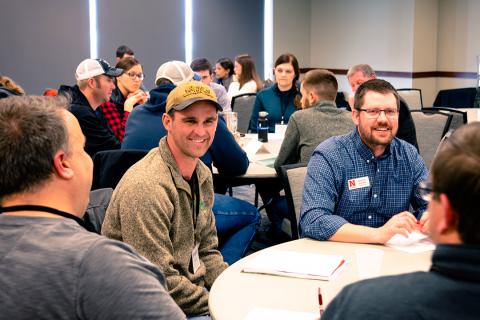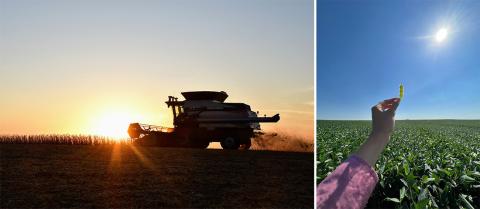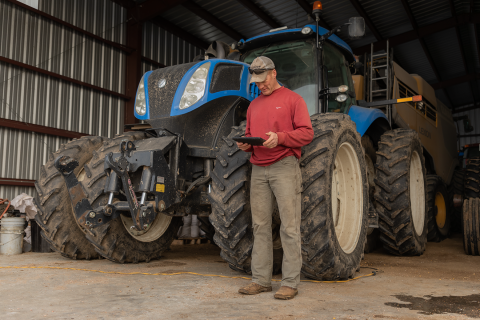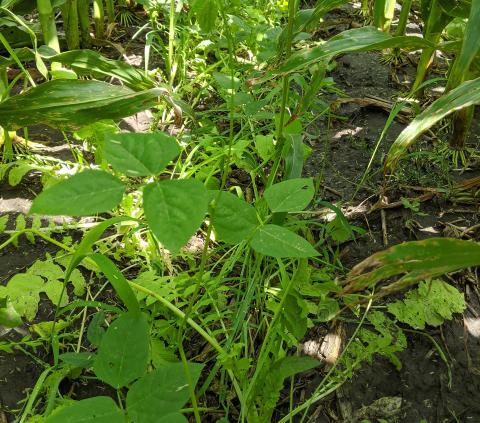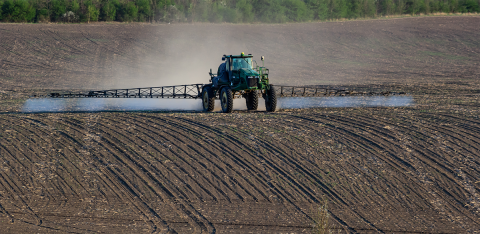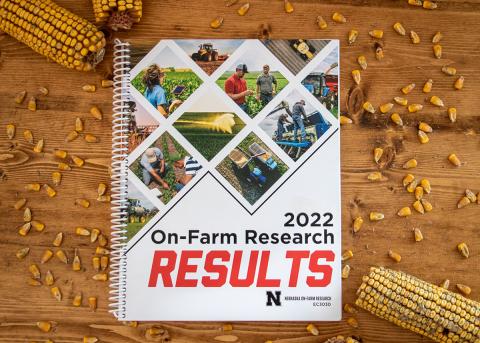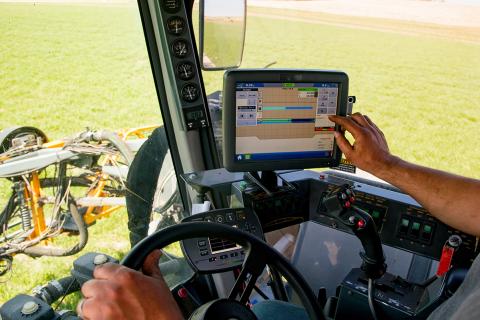Nebraska On-Farm Research Network Hosts 2024 Annual Results Update Meetings
January 29, 2024
The meetings will be hosted in five cities across Nebraska starting in mid-February, with free attendance and a complimentary 2023 Research Results book for all who attend.
Nebraska Growers Help Estimate Field Variability in Soybean Protein and Oil Content
June 14, 2023
First-year results of a cooperative, multi-state research project aimed at helping growers achieve soybean yields with higher protein and oil content.
On-Farm Research Encourages Lifelong Learning that Helps Your Farm
April 13, 2023
Studies are getting underway for the 2023 growing season, but there's still time and availability for Nebraska farmers who are interested in conducting on-farm research this year.
On-Farm Research Early-season Interseeding into Corn and Soybean Results (2019-2022)
April 13, 2023
The final results of a three-year study on interseeding cover crops in early-season corn and soybean include observations on yield, soil quality and net return.
Understanding Soil Residual Nitrogen and its Dollar Value for Next Crop
March 14, 2023
For producers planning corn-on-corn this growing season, there may be a substantial opportunity to reduce nitrogen fertilizer applications, as drought and reduced yields likely left higher-than-normal residual N in many fields.
Nebraska On-Farm Research Network Releases 2022 Results Publication
March 1, 2023
The nearly 70 on-farm research studies conducted by Nebraska farmers in 2022 addressed fertility and soil management, cover crops, crop protection, equipment and non-traditional products, including biologicals.
Farmer Focus: Wheat Producer Explores NinjaAg’s Performance in Nitrogen Management
October 12, 2022
Results of Nebraska farmer Monte Murkle's on-farm research study to determine whether a variable rate nitrogen prescription is an improvement to his traditional flat-rate nitrogen management.
Another Dry Year: What to Know About Leftover Nitrogen in Soil Following Dry Conditions
September 28, 2022
In irrigated or dryland areas with normal production, management practices may continue as normal, but for dryland areas with drastic yield reductions, there is potential for nitrogen fertilizer adjustment for the 2023 crop.


